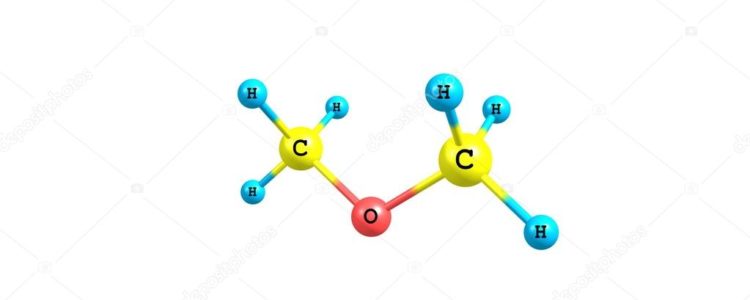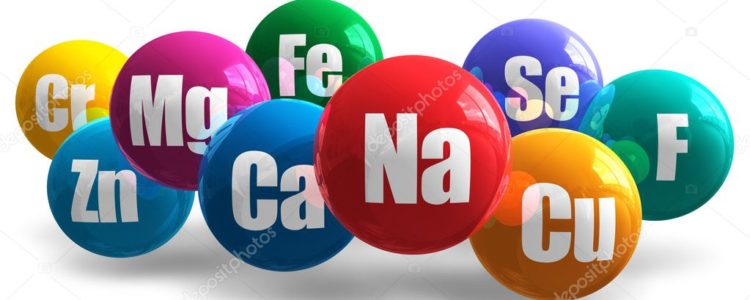Understanding Chemical Hazards
Chemical safety is essential in laboratories, industries, and workplaces where hazardous materials are handled. Understanding chemical hazards helps prevent accidents and ensures compliance with safety regulations.
Types of Chemical Hazards
1. Physical Hazards – Include flammable, explosive, and reactive substances that can cause fires, explosions, or dangerous reactions.
2. Health Hazards – Chemicals that cause irritation, burns, respiratory issues, organ damage, or long-term health effects like cancer.
3. Environmental Hazards – Substances that contaminate air, water, and soil, posing risks to ecosystems and wildlife.
4. Corrosive Substances – Chemicals that destroy or damage living tissue or materials upon contact, such as acids and bases.
Common Hazardous Chemicals
– Acids and Bases – Sulfuric acid, hydrochloric acid, sodium hydroxide.
– Solvents – Acetone, benzene, ethanol.
– Heavy Metals – Lead, mercury, cadmium.
– Oxidizers – Hydrogen peroxide, chlorine, nitric acid.
Personal Protective Equipment (PPE) and Safety Measures
Using the correct PPE and following safety protocols can minimize exposure to hazardous chemicals and prevent injuries.
Essential PPE for Chemical Handling
1. Gloves – Choose gloves resistant to specific chemicals (e.g., nitrile for solvents, rubber for acids).
2. Safety Goggles – Protects eyes from splashes, fumes, and dust.
3. Lab Coats or Protective Clothing – Shields skin and personal clothing from spills.
4. Respirators – Used when handling volatile or airborne hazardous substances.
5. Face Shields – Provides additional protection against splashes and flying particles.
Safety Best Practices
– Always work in well-ventilated areas or use fume hoods.
– Store chemicals properly according to compatibility guidelines.
– Never mix chemicals unless instructed and trained to do so.
– Use secondary containment for liquid chemicals to prevent spills.
– Wash hands and exposed skin after handling hazardous substances.
Chemical Labeling and Safety Data Sheets (SDS)
Proper labeling and documentation of chemicals ensure safe handling and compliance with regulatory requirements.
Chemical Labeling
– Hazard Communication Standard (HCS) Labels – OSHA mandates standardized labels that include:
– Product Identifier
– Signal Words (e.g., Danger, Warning)
– Hazard Statements (e.g., Causes severe burns, Toxic if inhaled)
– Precautionary Statements (e.g., Wear protective gloves, Keep away from flames)
– Pictograms – Symbols indicating hazards such as toxicity, flammability, and environmental impact.
Safety Data Sheets (SDS)
SDS documents provide detailed information about each chemical, including:
1. Identification – Chemical name, manufacturer details, and emergency contact.
2. Hazard Identification – Classification of hazards, warning labels, and potential effects.
3. Composition and Ingredients – Chemical composition and impurities.
4. First-Aid Measures – Steps to take in case of exposure.
5. Fire-Fighting Measures – Suitable extinguishing methods for chemical fires.
6. Accidental Release Measures – Guidelines for containing and cleaning up spills.
7. Handling and Storage – Safe storage conditions and precautions.
Emergency Response to Chemical Spills
Proper response to chemical spills can prevent injuries, contamination, and property damage.
Steps to Handle Chemical Spills
1. Assess the Situation – Identify the chemical involved and the size of the spill.
2. Evacuate and Secure the Area – Restrict access to prevent exposure.
3. Use Spill Kits – Absorbent materials, neutralizing agents, and containment equipment should be used as appropriate.
4. Ventilation and Containment – Increase airflow and use barriers to prevent spreading.
5. Personal Protection – Wear appropriate PPE before cleaning up the spill.
6. Notify Authorities – Report spills according to workplace safety protocols.
7. Proper Disposal – Follow hazardous waste disposal regulations.
Emergency Equipment and Preparedness
– Eyewash Stations and Safety Showers – Essential for immediate decontamination.
– Fire Extinguishers – Ensure the correct type (e.g., Class B for flammable liquids).
– First-Aid Kits – Stocked with burn treatments, eye rinses, and emergency supplies.
– Spill Containment Kits – Include absorbents, neutralizers, and personal protection supplies.
Conclusion
Chemical safety is critical for preventing accidents and ensuring safe handling of hazardous materials. Understanding chemical hazards, using proper PPE, following labeling guidelines, and being prepared for emergencies can significantly reduce risks in workplaces and laboratories. Adopting best practices and maintaining safety protocols help protect individuals and the environment from harmful chemical exposure.
City Chemical LLC is a top producer of chemicals like: Amylose, Potato CAS: 9005-82-7, Ammonium Fluoride, ACS CAS: 7784-18-1, Ammonium Chloride, ACS CAS: 12125-02-9, NP-40 CAS: 9016-45-9, Igepal CO-630 CAS: 68412-54-4.
Visit City Chemical at www.citychemical.com.

